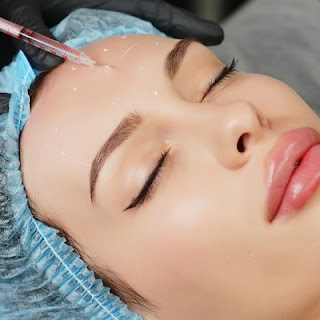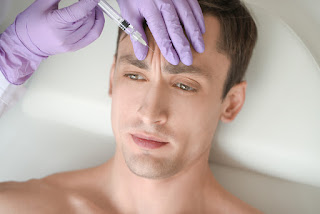Skin Whitening Treatments: Balancing Cultural Preferences and Health Risks
Introduction:
Skin whitening treatments have been practiced for centuries and continue to be popular in many cultures around the world. The desire for fairer skin is often influenced by cultural preferences and societal beauty standards. However, it is crucial to strike a balance between fulfilling these preferences and understanding the potential health risks associated with skin whitening treatments. In this blog, we will delve into the complex interplay between cultural preferences and the importance of prioritizing health when considering skin whitening treatments.
Cultural Preferences and Beauty Standards:
Different societies have diverse beauty standards, and skin color plays a significant role in shaping these ideals. In many cultures, fair skin is associated with beauty, privilege, and social status. This perception can be deeply ingrained and impact individuals' self-esteem and confidence. It is essential to acknowledge and respect cultural preferences, but it is equally important to promote diversity and inclusivity, celebrating beauty in all shades.
Understanding the Health Risks:
While cultural preferences may influence the desire for skin whitening, it is crucial to be aware of the potential health risks associated with these treatments. Many skin whitening products contain ingredients such as hydroquinone, corticosteroids, and mercury, which can have adverse effects on the skin and overall health. Prolonged use of these substances may lead to skin irritation, thinning, pigmentation disorders, and even systemic toxicity. It is vital to prioritize the long-term health and well-being of individuals over temporary cosmetic alterations.
Regulations and Education:
To address the health risks associated with skin whitening treatments, governments and regulatory bodies have implemented measures to control the sale and use of certain products. These regulations aim to protect consumers by ensuring that only safe and approved ingredients are used in skin whitening products. Moreover, raising awareness about the potential risks through education campaigns can help individuals make informed decisions and opt for safer alternatives.
Promoting Natural and Safer Alternatives:
As the understanding of the risks associated with certain skin whitening treatments grows, there is an increasing demand for natural and safer alternatives. Natural remedies such as lemon juice, turmeric, aloe vera, and licorice extract have been used traditionally for skin lightening purposes. These alternatives can be effective to some extent and are generally considered safer than products containing harmful chemicals. However, it is essential to remember that even natural remedies should be used with caution and in moderation.
Embracing Diversity and Inclusion:
It is crucial to foster an environment that celebrates and embraces diversity in skin tones. Promoting inclusivity in media, advertising, and beauty standards can help combat the perpetuation of narrow beauty ideals. By challenging societal norms and encouraging self-acceptance, individuals can feel more confident and proud of their natural skin color, contributing to a healthier and more inclusive society.
Conclusion:
Skin whitening treatments are deeply intertwined with cultural preferences and beauty standards. While it is important to acknowledge and respect these preferences, it is equally vital to prioritize the long-term health and well-being of individuals. By understanding the potential health risks associated with certain treatments, promoting regulations, and advocating for natural alternatives, we can strike a balance between cultural preferences and the importance of health. Embracing diversity and inclusion will help create a society that appreciates beauty in all its shades, fostering self-acceptance and a positive body image for individuals around the world.
For more information, please visit Enfield Royal Clinic Islamabad




Comments
Post a Comment